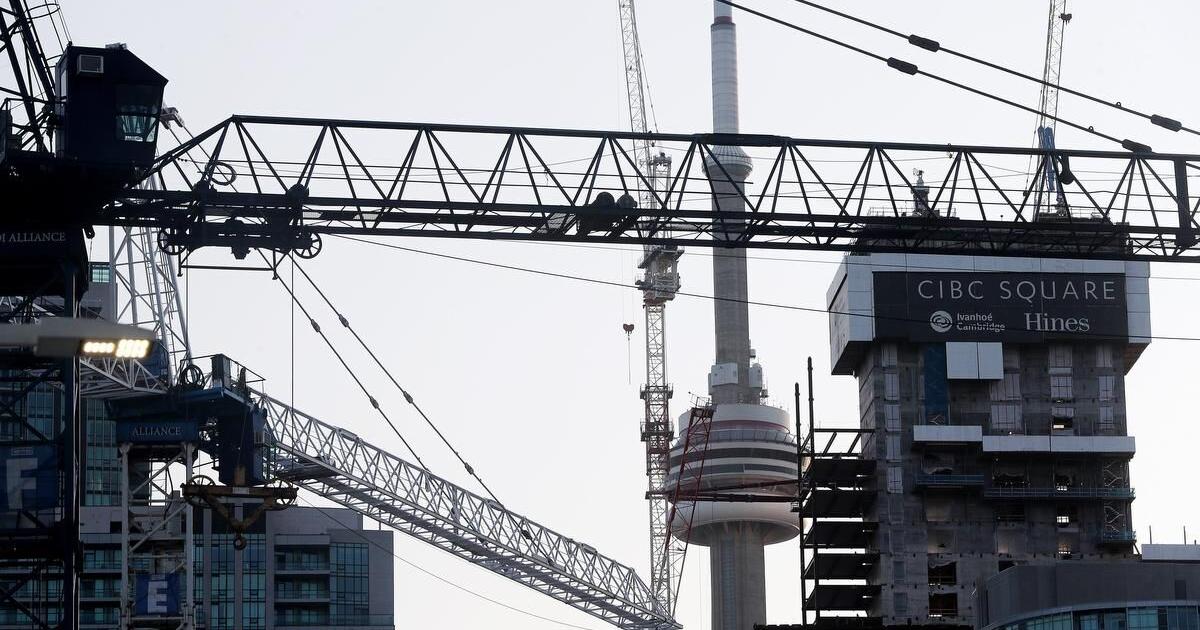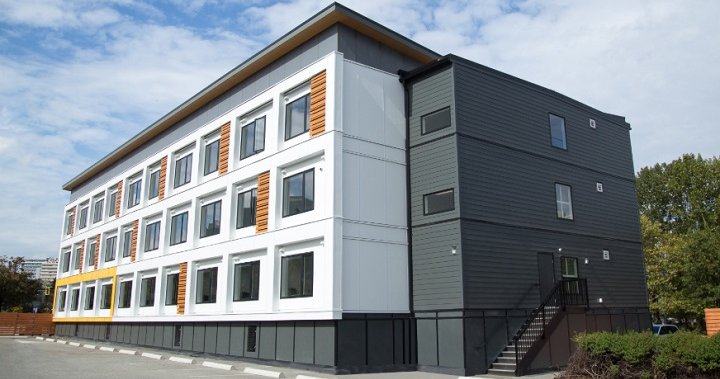Housing Now is the city’s program to build housing on land that it owns. It turns underused sites into new developments, where private condos and apartments help pay for cheaper subsidized rentals. It is very modest. It serves mostly people earning low to middle incomes, not those most in need.
It’s still significant. Last week city council added six sites to the program, bringing the total to 17 sites and an estimated 12,000 apartments. The challenge is using those sites effectively: The bigger the building, the more affordable housing. But the first round of proposals are all too small.
City Councillor Brad Bradford, a trained planner who worked for three years at the city, says the city should be pushing harder. “If these sites are supporting a public policy objective, delivering affordable housing, then these sites could do more,” Mr. Bradford said. “The [planning] and the process should reflect that goal.”
-------
The problem is land-use planning and urban design: all the rules that a city makes to decide what can be built, where and in what shape. Toronto’s are convoluted and outdated. They are shaped by decades of regressive politics and inertia. Private developers push to build bigger, and they routinely win – often with the support of city planners.
But with Housing Now, the city itself refuses to play this game. Its real estate agency, CreateTO, largely defers to city planning, following the rules – often terrible rules – that other people get to ignore.
Mr. Bradford, rightly, sees this as a problem. “I think it’s time to revisit some of the fundamental assumptions we’ve made in city planning over the past few decades, and get back to our core objectives,” he said.
He’s concerned with assumptions like the one I began with: keeping bigger buildings away from smaller houses. “The basic idea is that a contrast in scale, between existing low-rise buildings and anything new, is a problem,” explains Mark Sterling, a private-sector planner and architect who heads the master of urban design program at the University of Toronto. “They can’t exist alongside each other, and the difference has to be smoothed out in some way.”









/cloudfront-us-east-1.images.arcpublishing.com/tgam/WKZ6THF3GVHIJHKLYZSSQQYTRU.jpg)